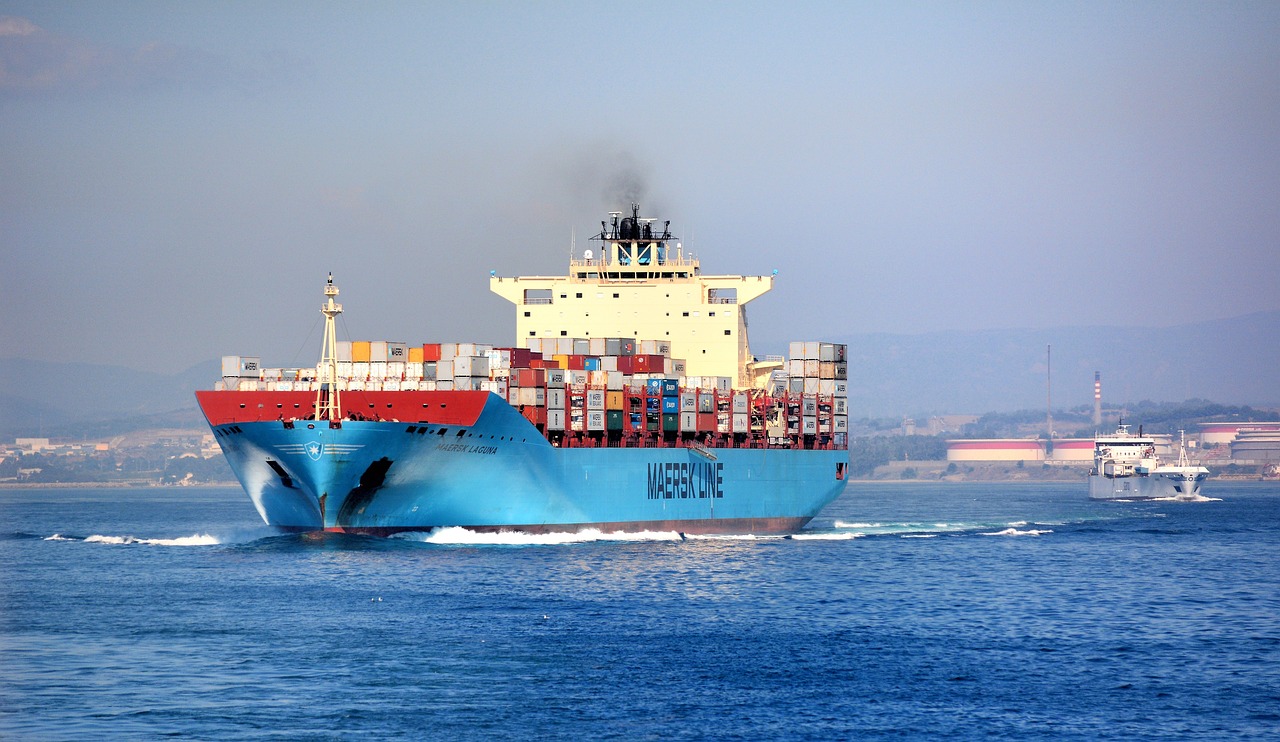How to Stay Safe Online on Maritime Vessels
In this day and age, everyone uses the Internet as it is often necessary for many types of jobs or for the payment of bills and goods. Still, the Internet is not always a safe place which is what we learned from massive data leaks over the years.
So, what happens if...
Maritime Security Training and Education Programs
The vast expanse of our oceans has long been a source of awe and wonder, providing a rich ecosystem and serving as a conduit for global trade. However, amidst its beauty, the world's oceans are also vulnerable to various threats, ranging from piracy and smuggling to terrorism and environmental disasters....
Role of Technology in Maritime Security
Introduction
Maritime security plays a crucial role in protecting our oceans and waterways from various threats, such as piracy, terrorism, and smuggling. As the seas continue to be vital for global trade and transportation, it is imperative to employ advanced technological solutions to enhance security measures. In this article,...
Maritime Security Challenges in The Gulf of Guinea, Idnian Ocean and Southeast Asia
Maritime Security Challenges in The Gulf of Guinea, Indian Ocean, and Southeast Asia have become a burning concern for nations worldwide. These regions serve as major global trade routes, making the safety and security of maritime activities paramount. From piracy to illegal fishing, drug smuggling to human trafficking, a multitude...
Preventing Piracy: Best Practices for Maritime Security
Introduction
The vast oceans have always held a sense of mystery and adventure, but alongside their allure lies a lurking danger: piracy. The threat of piracy continues to pose significant challenges to maritime security, putting the lives of seafarers at risk and impacting global trade. In today's interconnected world, safeguarding maritime vessels...





